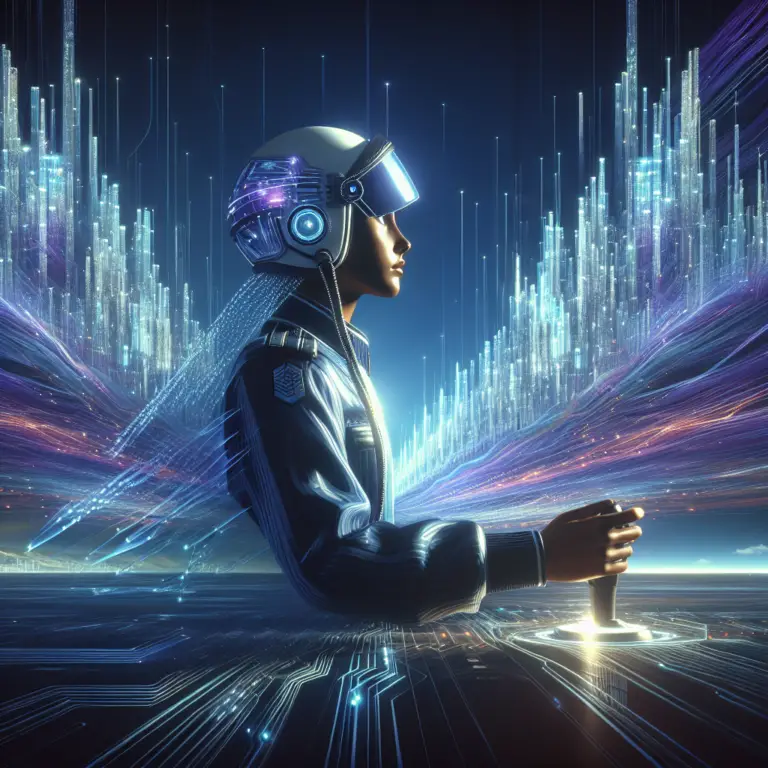Initial Reception and Challenges of Windows 11
The debut of Windows 11 was met with mixed emotions from consumers. While the operating system boasted a refreshed look with smooth desktop animations and subtly rounded edges, it struggled to win over users who were accustomed to the stability and comprehensive features of its predecessor, Windows 10. Early adopters of Windows 11 reported various issues, ranging from bugs to missing features, leading to a perception of the OS as somewhat unfinished and unreliable compared to the solid foundation they had come to expect.
Windows 11 Updates and ‘Moment 4’
As Windows 11 matured, Microsoft diligently released updates to enhance the operating system’s features and stability. The culmination of these efforts is reflected in the latest update, known as ‘KB5031455’ or ‘Moment 4‘. This update may not introduce significant visual changes, but it brings a suite of under-the-hood improvements that hint at the future direction of the OS.
- Integration of new AI-driven features
- Enhanced system stability and performance
- Additional functionalities for a more personalized user experience
Introduction to Windows Copilot
The introduction of Windows Copilot marks a significant step forward in integrating AI within the operating system. Described as the “intelligent assistant at your fingertips,” Copilot offers users the ability to select a conversation style that best suits their preferences, including options for More Creative, More Balanced, or More Precise interactions.
Upon engaging with Windows Copilot, users are greeted with a sidebar that presents a range of initial suggestions and the capability to ask the AI assistant virtually anything. This new feature is poised to add a layer of personality and interactivity to the user experience.
Evaluating Windows Copilot’s Capabilities
The performance of Windows Copilot in responding to queries and its integration with system applications has been a point of interest. Initial tests reveal that Copilot can provide detailed answers to straightforward questions, such as providing a comprehensive weather report for a specified location. However, it appears that the AI’s integration with native applications is still in its infancy.
For example, a request to “Show me my emails” resulted in a Bing search rather than a direct interaction with the email application. This suggests that while Copilot’s potential is evident, there is room for growth in terms of seamless integration and utility within the Windows ecosystem.
Personal experiences with the AI have shown that it is capable of generating creative and complex responses, such as coding assistance or crafting step-by-step instructions for recipes. Yet, the true test lies in its ability to simplify and enhance the day-to-day operations of the OS for users.
AI Integration in Windows Applications
The integration of AI into Windows applications is expanding, with tools like the Snipping Tool and Microsoft Paint receiving AI enhancements. These features are designed to streamline tasks and introduce new capabilities to the user experience.
| Application | AI Feature |
|---|---|
| Snipping Tool | Text extraction and redaction |
| Microsoft Paint | AI-powered image creation with ‘Cocreator’ |
These AI features not only offer practical benefits, such as the ability to extract text from images, but also raise questions about privacy and the creative process, as seen with the AI art generation in Paint.
The Future of AI in the Windows Operating System
The trajectory of AI integration within the Windows OS suggests a transformative shift in how users will interact with their computers. The potential for AI to become more deeply woven into the fabric of the OS, possibly extending to the Start Button itself, indicates that Microsoft envisions a future where AI assists with a broad spectrum of tasks, making the computing experience more intuitive and personalized.
As users begin to adapt to these changes, the impact of AI on daily computing could be profound, offering a new dawn of convenience and efficiency. However, the full realization of this vision will depend on the continued refinement and thoughtful integration of AI features that truly enhance user engagement and productivity.












